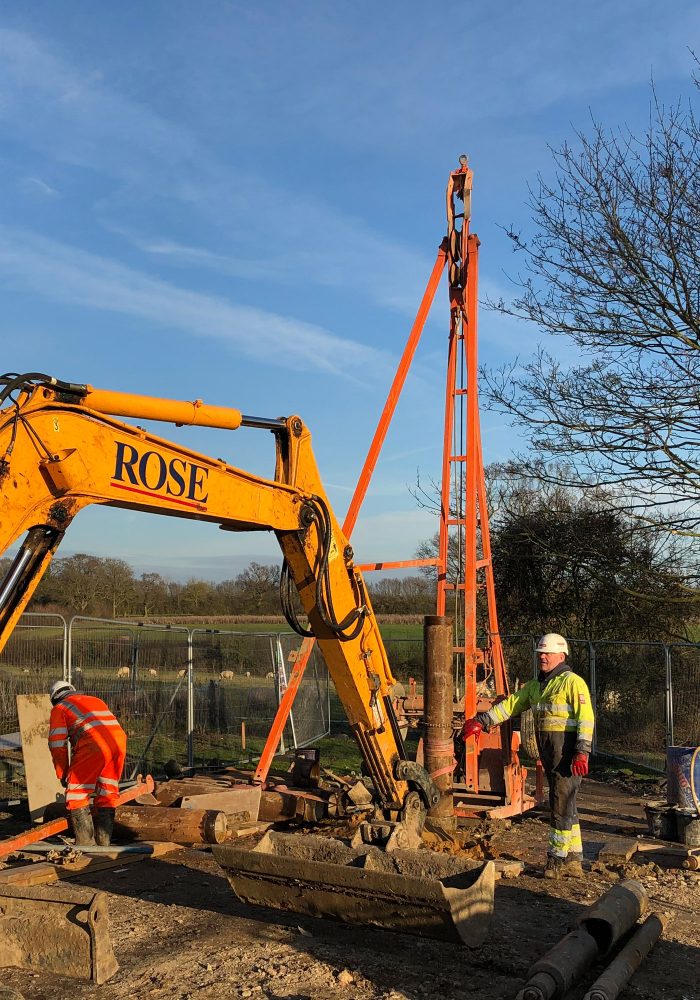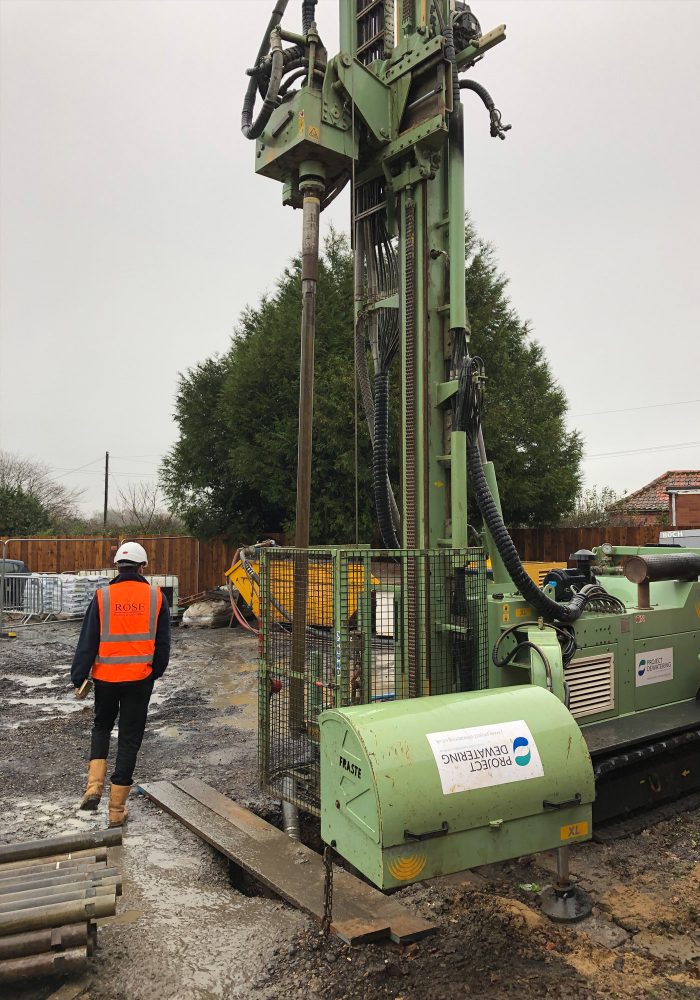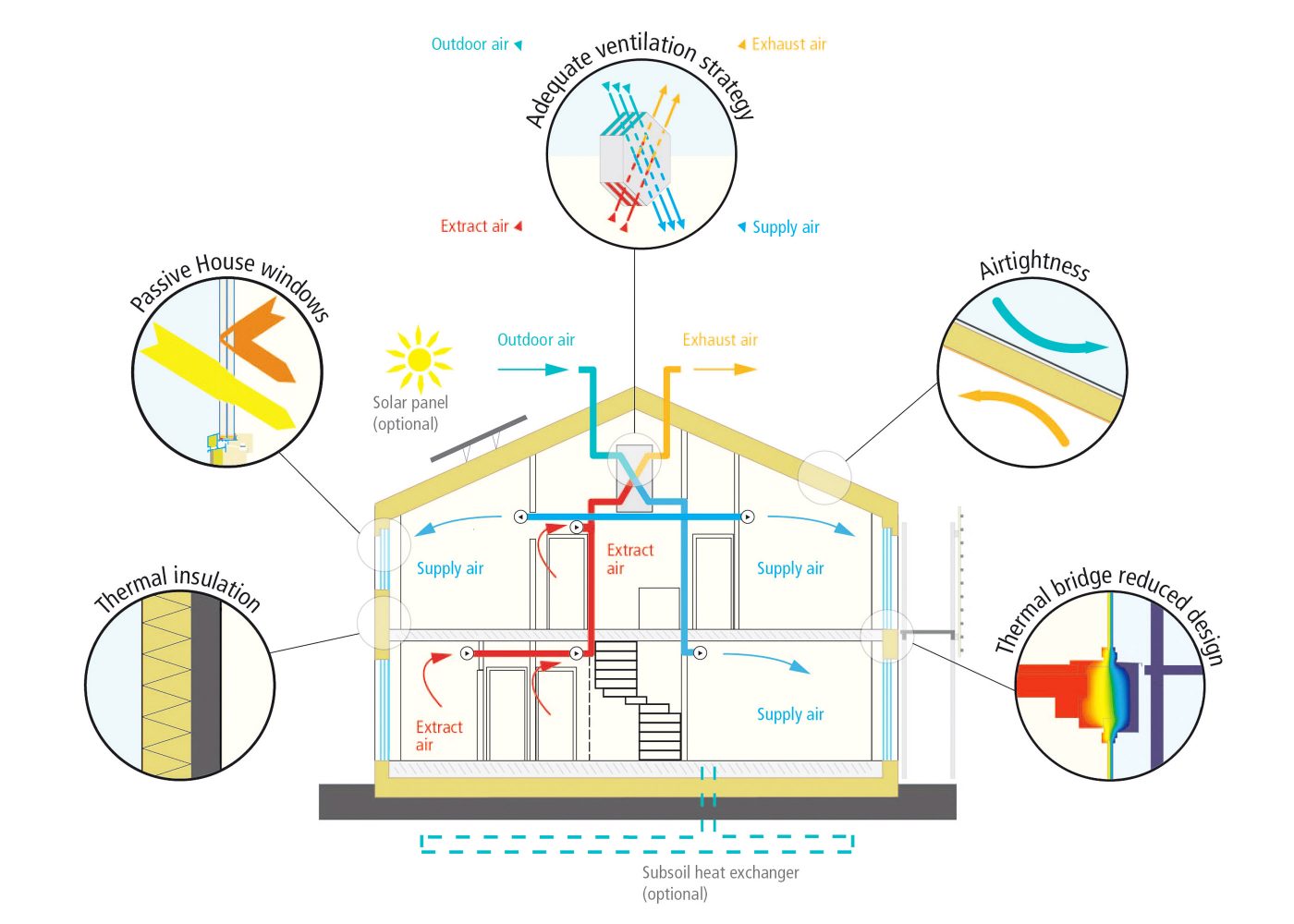Gas boilers will be banned in new homes from 2025 under the Future Homes Standard in order to reduce the carbon footprint of home heating. The Future Homes Standard will require new build homes to be future-proofed with low carbon heating and world-leading levels of energy efficiency. This will require a considerable step forward in energy efficiency standards compared to the current requirements of the Building Regulations.
Therefore, the main questions that we face are firstly, how can we reduce the carbon footprint in our home without compromising on practicality and affordability? Secondly, do we currently have the infrastructure and technology to achieve this? We will explore some potential solutions that are more easily implementable with new-build homes which will no doubt become more prevalent over the next five years.
Air Source Heat Pumps:
One of the main solutions to low carbon heating are air source heat pumps which transfer heat between the air outside and inside a home. This system consists of two main components, an outdoor unit (which looks just like an air conditioning outdoor unit) and an indoor air handler unit which contains a coil and a fan.
One of the main drawbacks of using of heat pumps is the requirement for planning permission to install it depending on the location and size of your property. Retrofitting heat pumps into an existing home can be very tricky due to space constraints as well as the need for high levels of insulation to achieve a comfortable temperature. It also requires a high upfront cost, and its sustainability is questionable unless combined with a renewable source of electricity (for example solar panels).
However, this makes them suitable for new-build properties where energy efficiency technology can be developed alongside design proposals and carefully integrated in schemes in order to achieve high energy efficiency ratings.
Ground Source Heat Pump:
Ground source heat pumps is another innovative technology which transfers heat from the ground to provide heating for homes via a network of pipes carrying water and thus requires no non-renewable sources to produce energy. This is constructed by drilling bore holes deep into the ground in order to exchange heat. This technology works effectively when the property is well insulated with the potential to become 2% more efficient for every 1 degree Celsius reduction in heat required.
PassivHaus
We as architects have the ability to design future, ultra-efficient homes combining an optimal design, energy-efficient construction, materials, appliances, and lighting. Whilst this is not a type of home-heating, PassivHaus is a design and construction standard whereby a home will require very little to no heating due to its thermal efficiency. Almost no heat is lost from the home with high levels of insulation and an air-tight structure. Passive solar home design helps to provide heating in winter and cooling in the summer, minimising the amount of energy required to keep it at the right temperature.
The heat generated from occupants, the sun and home appliances such as computers and kitchen equipment) are often enough to keep the house at a comfortable temperature. These homes can combine with heat recovery technology, including an air exchange, to minimise heat loss and energy consumption, therefore making the home more energy efficient.
When designing a new-build, Passivhaus is a good option for creating a low carbon and low energy consumption home that is less energy dependent.
Current Work at Rodić Davidson:
New-build projects often do not have the same constraints as working with an existing, older building where air tightness and heat retention can be a problem, particularly when trying to integrate new energy efficient systems. Due to thermal efficiency problems which can be caused by single glazed windows and not enough insulation in existing properties, these other energy efficiency techniques often need to be used in conjunction with the methods we’ve discussed. In contrast, designing from scratch gives architects the opportunity to integrate energy and carbon efficient technologies and materials early on, which will reduce costs long term and be more environmentally friendly and in turn giving your home longevity.
One of our current projects, Listed Farmstead Suffolk, has implemented a water source heat pump as part of the renovation of a listed farmhouse which also includes some new-build elements. You can find out more about other technologies in our article exploring alternative home heating for existing buildings.


